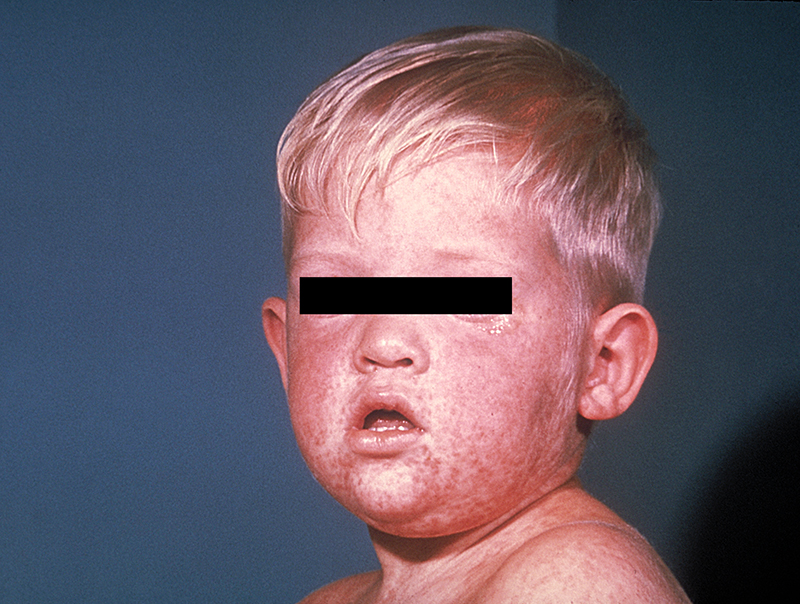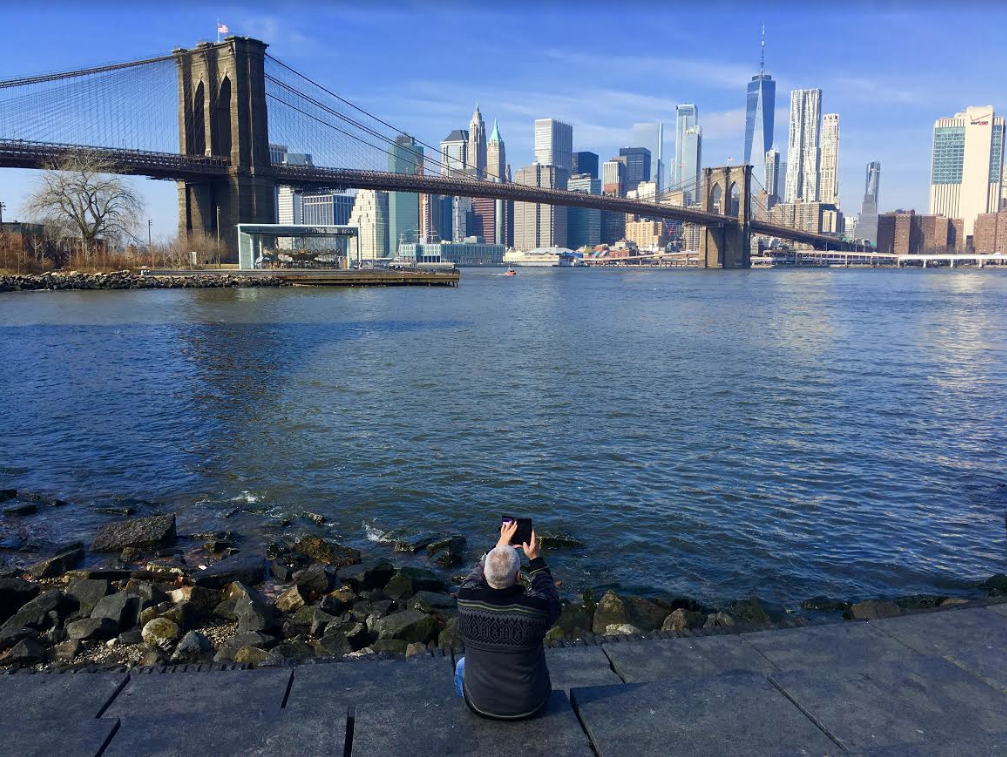NYC: Measles outbreak in Orthodox Williamsburg stems from unvaccinated children
Some Ultra-Orthodox Jews Refuse to Immunize

The number of confirmed measles cases rose this week to 359. Photo courtesy of CDC
New York City Health Department officials met with rabbis and elected officials in Williamsburg on Thursday after six children in the ultra-Orthodox Jewish community were diagnosed with measles.
The highly contagious disease, which causes fever and a rash from head to toe, has been nearly eradicated in the U.S. but still exists in other countries. Young children, the immunocompromised and non-immune pregnant women are at highest risk for severe complications, including pneumonia, brain damage, deafness or even death.
The initial Brooklyn case was acquired by a child on a visit to Israel, where a large outbreak is currently taking place.
